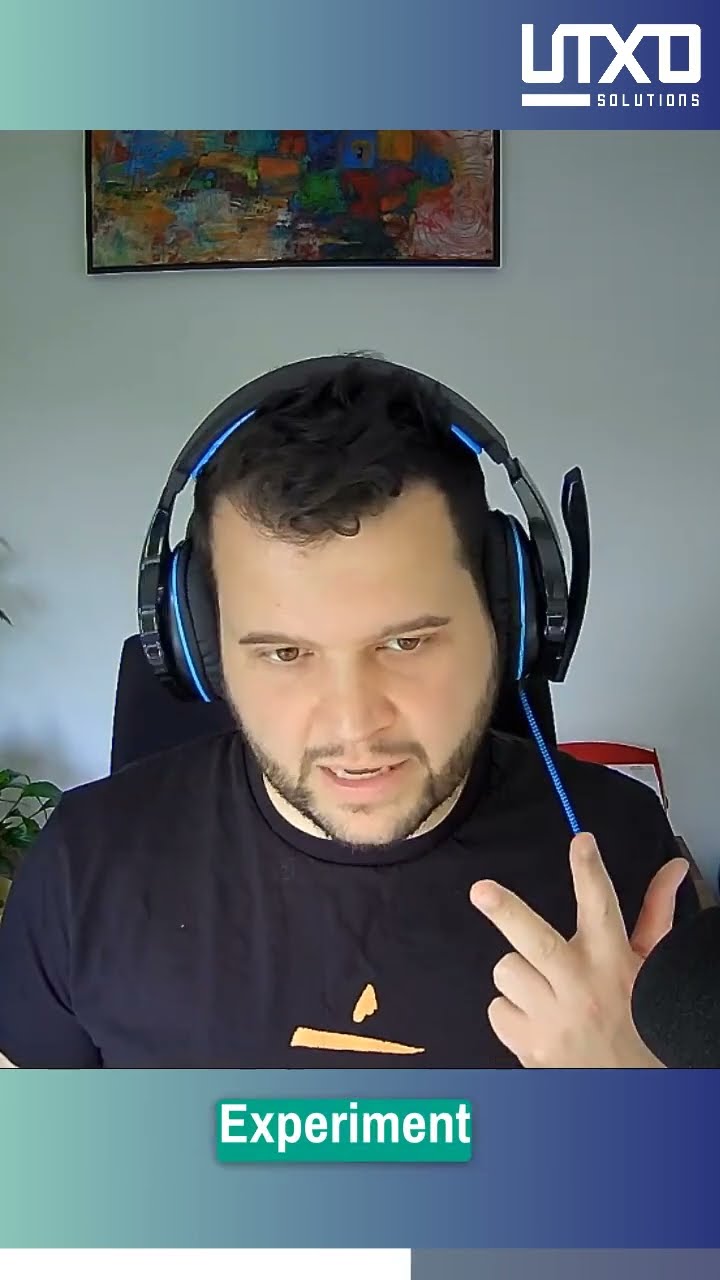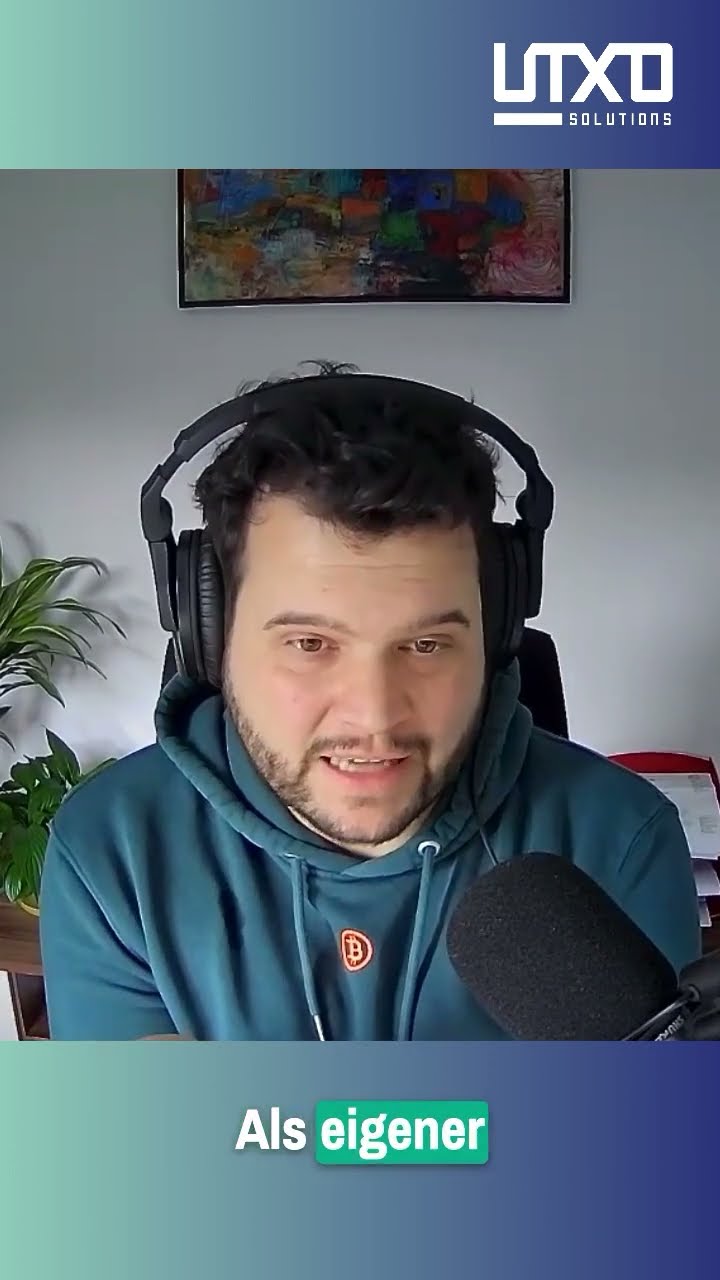How to speed up customer research
There is this common misconception, that customer research is a tedious and academic process. Something that takes ages. Something that delivers results, that are hard to work with. And unfortunately, thats often true. So here is a checklist to avoid just that.
These are seven questions to ask yourself before doing customer research:
- Do I have a framework ?
- Is it end to end?
- Can the product development team work with the results?
- Will the management understand the results?
- Do I have all the necessary skills?
- Can I integrate it in my business?
- How long does it take start to finish?
Let’s look deeper into them:
1) Do I have a framework?
Many companies someday decide to do customer research. Most of the time it’s when something doesn’t work out as planned. But they don’t have a system. So they stumble from step to step, trying to come up with solutions on the go.
Needless to say, that this doesn’t work out. Things won’t match and it will take a lot of time to create useless results. A good system has many qualities. One is a common language across all stages. Other qualities are parts of the following questions.
2) Is it end to end
A good customer research system provides an easy to follow structure. Usually you have a:
- preperation phase
- interview phase
- consolidation phase
- build phase
All of those need to be well connected.
A preperation phase contains things like an analysis of where you start. What assumptions do you have about your business environment? What is the question you want to research? Who are the right persons to ask? How do you select and find them? How do you recruit them?
The interview phase is where you talk to your current and potential customers. A good system has a methodology for asking the right questions. This phase also needs a structure on how to document the results.
The consolidation phase is where you extract patterns from the interview data. After this phase, your users problems should be well understood. There should also be a language for a common understanding of the problems. But also how they measure progress, what they hope for and the limiting context they are in.
The build phase is where you can actually work with the results. Not only in product development, but in marketing, sales and customer service as well. A good framework provides a seamless transition. You start with a high level question and go as low as product features and add-messages.
3) Can the product team work with it?
This is where most frameworks fail. They don’t break the results down low enough. Your product development team needs concret to-dos. Not some abstraction. If you only know, that your customer want’s faster horses, you wont come up with the car. It needs to be as clear as:
- I want to travel to the next town in less than an hour
- I need to be able to travel with others
- I don’t want to get wet when it rains
- I hate the smell of horses
- My maximum budget is xyz
If your product development team can’t work with the results of the customer research, you can’t use them for product development. Same applies for everyone else involved in the success of the product.
4) Will the management understand the results?
Management usually speaks another language then the operational units. It’s often either numbers or stories. Both are high level abstractions. Your framework needs to produce research data, that the management will understand. Else they will overrule the research data with their own assumptions. This includes a way of making it easy for the management team to admit being wrong compared to the data.
5) Do I have all the necessary skills?
Doing customer research requires skills. Not doing customer research requires luck. You can aquire skills. You can’t aquire luck. So you need the skills.
Think about this as a make or buy decision upfront. Most of the time you buy some skills and aquire some others along the way. Look at your framework and check what you can and can’t do on your own.
6) Can I integrate it into my business?
Customer research needs to deliver results, that YOU can use. So you should be able to transition the research data into your operational business. Look at other projects that have been done with the framework. Could you work with results like the one this produced?
This requires some kind of understanding of your business communication style. Are you data driven or story driven? An engineering company isn’t the same as an IT company, a gym, a coffeeshop or a bank. Check for compatibility.
7) How long does it take start to finish?
If you have a good framework and the necessary skills, you can get all of the things above done in 4 weeks or less.
More advanced frameworks usually take less time. This might seem counterintuitive, but you safe the time thinking about what to do next. Also you have less problems to fix along the way.
A bad framework looks easy before and painful after working with it. A good framework may look difficult in the beginning, but looks easy after working with it. Aim for a framework that takes little time but covers the whole process end to end.
This is was a rather long checklist. But it’s worth the effort to think about your customer research framework.
Don’t do just something. Don’t do nothing. Think ahead and act in accordance. It’s cheaper and better in the long run.







